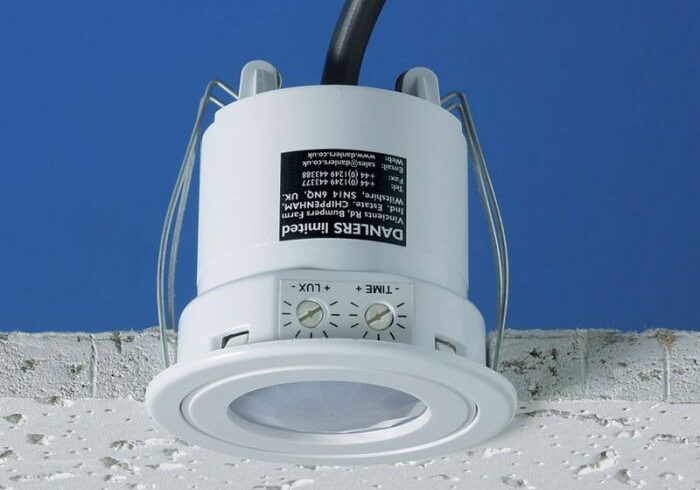Think of fluorescent lighting, especially in an office, and your first thought will probably be of harsh strip lighting, flickering slightly, and with a faint buzz that’s almost outside the range of hearing, but not far enough so that it doesn’t irritate. While that fluorescent buzz and flicker is great if you’re Michael Mann, and are looking for atmospheric urban effects for your latest film, they’re not so good if you have to live with them every day while you work.
Flicker no more!
You don’t need to put up with that flicker and buzz any more, as high frequency lighting produces strong, steady light that doesn’t visibly flicker, and eliminates hum and buzz completely within the human aural range.
High achievers
High frequency lighting achieves these results by doing exactly what it says on the box – increasing the frequency of the electric charge to the tube. Standard fluorescent lighting operates at a frequency of around 50-60Hz, while high frequency lighting boosts that to 30 KHz. As well as reducing flicker and hum, this also increases light output, and that’s not all. They also start up much more quickly, offering full light output within one second – no more hanging about waiting for the light to get bright enough to be able to do anything.
No added expense
You might think that all these benefits come at a much increased energy cost, but you’d be wrong. High frequency lighting actually improves energy efficiency by about 10%. They also maintain peak light output for longer than a standard fluorescent tube, and have a longer life-expectancy, so they more than cover the initial outlay involved in fitting them.
Less symptoms
There are potential benefits for the many people who find that they suffer from headaches and eyestrain if they spend a great deal of time under fluorescent lighting at work or school, particularly migraine sufferers. Published studies have shown that under high frequency lighting reported symptoms of headaches and eyestrain were more than halved, and that people were more likely to use the lighting when conditions required it. As well as making users happy, switching to high frequency lighting could also improve efficiency and reduce sick days.
Options
Since the introduction of LED, problem with flickering have become less and less common. When replacing standard switch-start fluorescent lighting, we would recommend strip lights and recessed light fittings in offices and corridors . Stylish external lighting can also be fitted thanks to brick lights, which look absolutely stunning alongside a swimming pool, garden path or in a car port, among many other uses.
There are a number of options if you want to fit lighting that won’t annoy users with noise and flicker, and will also save you money if continuous use is required. These include emergency recessed fittings, golf bulkhead fittings and low energy bulkhead fittings, which are ideal for stairwells and walkways.
Take a look at our collection of High Frequency Lighting.
Looking for more news, information or inspiration? Try our Lighting Advice section.

Charles Barnett Managing Director
Charles started Lyco in 1995 with just 4 enthusiastic employees and has grown it considerably over the past 25 years. Charles is also the Managing Director of Lighting Direct and newly acquired Online Lighting. He now has a team of 50 lighting experts working on growing Lyco Group to be the UK leader in lighting for both businesses and homes. Away from the office he is a keen cyclist and is proud to have cycled 1017 miles from Lands End to John O’Groats to raise money for a new residential centre for adults with multiple learning difficulties.



